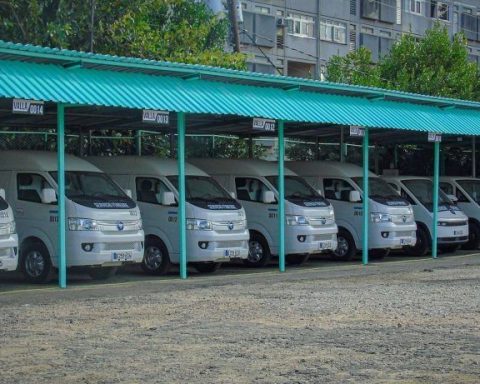Last week, the price of dollar presented significant variations in both the official and parallel markets, known as the blue dollar. This phenomenon is of great interest to Argentines, since the fluctuation of the dollar directly impacts the country’s economy, affecting everything from the prices of goods and services to the investment and savings decisions of citizens.
He dollar official, which is the exchange rate controlled by the Central Bank of the Argentine Republic (BCRA), was quoted at $974.50 for purchase and $1014.50 for sale in banking entities. This value represents a slight variation compared to previous days, reflecting the government’s monetary policy to maintain some stability in the official exchange market.
He dollar official is used mainly for regulated commercial and financial transactions, including imports, exports and banking operations. However, due to exchange restrictions and the existing gap with the blue dollar, many Argentines turn to the parallel market to obtain foreign currency.
He dollar blue, which is sold in the informal market, showed a price of $1,135 for sale. This exchange rate is significantly higher than the official one, reflecting the high demand for dollars on the black market due to the restrictions imposed by the government on the purchase of foreign currency in the official market.

Sources: Dollar Today
The difference between the dollar official and the blue dollar, known as the exchange gap, is an indicator of market confidence in the economy and government policies. A wide gap suggests distrust and expectations of devaluation, while a narrow gap indicates greater stability and confidence.
This Monday, November 11, the dollar blue is trading at $1115 to buy and $1135 to sell. Meanwhile, the official dollar is trading at $976.50 for purchase and $1016.50 for sale. The price of the dollar has a profound impact on the Argentine economy.

Increase
A high dollar makes imports more expensive, which can lead to an increase in the prices of goods and services, exacerbating inflation. In addition, it affects companies that depend on imported inputs, increasing their production costs.
On the other hand, a dollar high can also benefit exporters, since they receive more pesos for each dollar exported, improving their competitiveness in the international market. However, currency volatility and economic uncertainty can discourage investment and long-term economic growth.
follow us on Google News and on our channel instagramto continue enjoying the latest news and our best content.

















